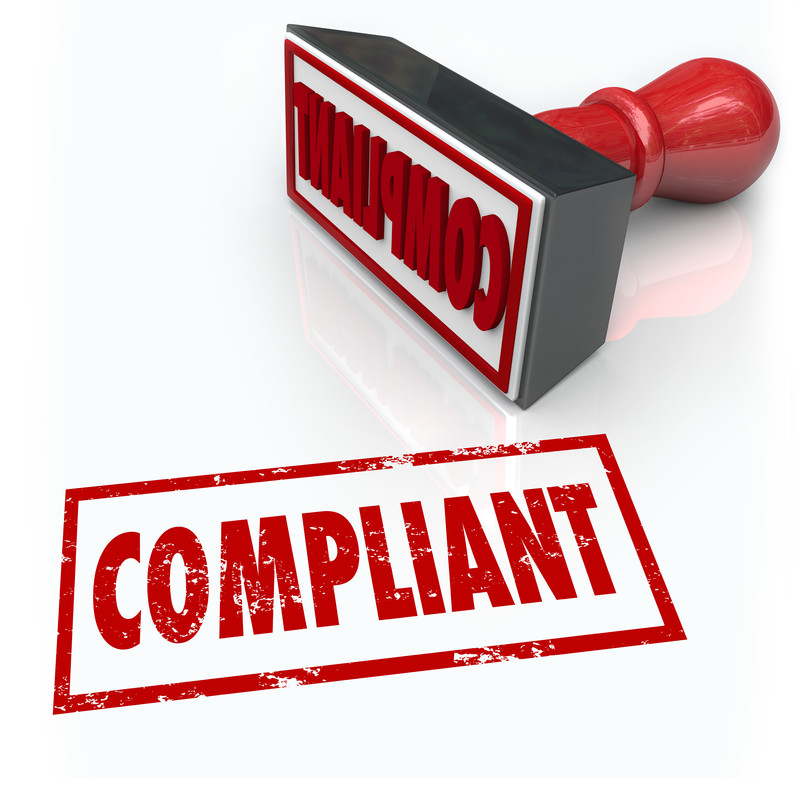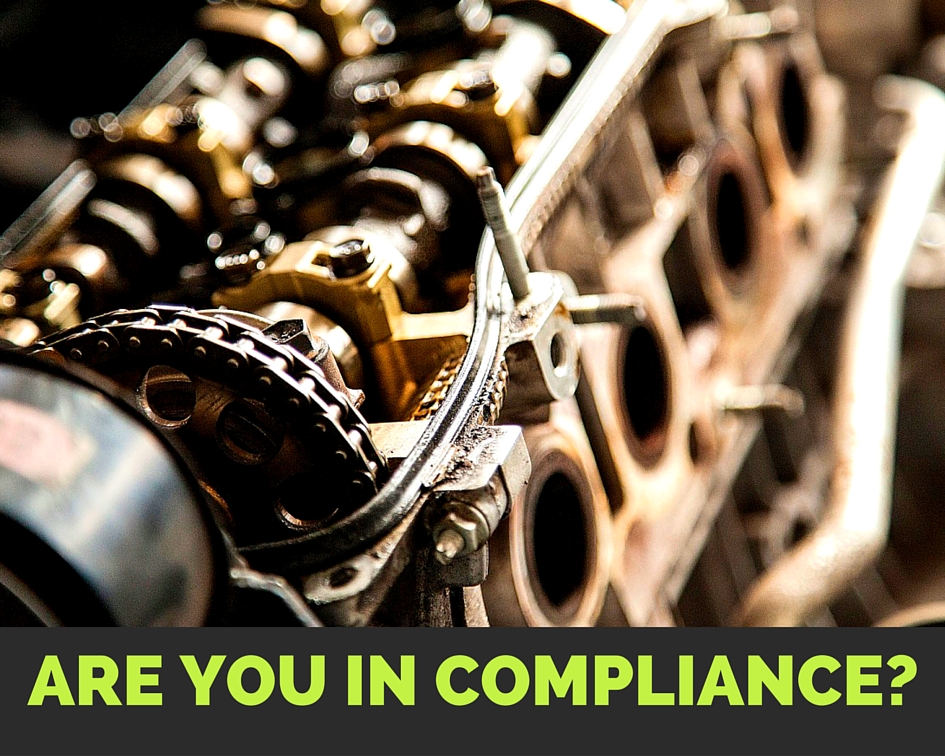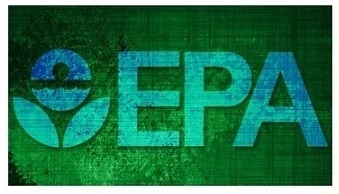The compliance date for the RICE NEHSAP has long passed, May 3, 2013; but did you complete all of the compliance requirements and are you continuing to comply with this regulation? A client recently sought assistance as they believed they had completed the necessary retrofits for their engines and complied with all requirements of the NESHAP back in 2012 until a state inspector arrived and questioned specific records and testing for compliance with this regulation. The facility soon realized that they had never completed initial compliance testing on the engines nor did they submit the appropriate notifications to EPA. The NEHSAP Subpart ZZZZ regulations were not part of their existing state permits and the client was unaware of these federal rules, especially given the fact that the state has not taken delegation of this rule and the rule was not included in their permit from VADEQ.  Many states such as Virginia and Pennsylvania have not taken delegation of NSPS Subpart IIII or JJJJ or the NEHSAP Subpart ZZZZ, leaving the rules to be implemented and enforced by EPA. This makes things very confusing to owners and operators of engines especially when their permits to include these important regulations.
Many states such as Virginia and Pennsylvania have not taken delegation of NSPS Subpart IIII or JJJJ or the NEHSAP Subpart ZZZZ, leaving the rules to be implemented and enforced by EPA. This makes things very confusing to owners and operators of engines especially when their permits to include these important regulations.
Emergency engines should be complying with the NESHAP RICE rule by performing specific maintenance on the engine and keeping the appropriate records of maintenance, fuel use and operating hours. Non-emergency engines must ensure compliance with a 70% CO emissions reduction by installing appropriate aftertreatment (a diesel oxidation catalyst) and performing emissions testing to demonstrate compliance. Initial notification, recordkeeping and reporting, as well as performing emissions testing every 3 years or 8,760 hours to demonstrate compliance are also required. Are you keeping the appropriate records to maintain compliance? Have you completed subsequent emissions testing every 3 years to demonstrate compliance with the CO emissions reduction?



 motion to stay the mandate allowing the 100 hour emergency demand response provision to remain in effect until May 1, 2016. As stated in the previous article, this will allow for owners and operators the time to install necessary controls to meet the requirements for non-emergency engines. Therefore, beginning May 1, 2016, any engine operating for any type of demand response program will need to comply with the non-emergency provisions of the applicable regulation (NSPS Subpart IIII for newer engines and NESHAP Subpart ZZZZ for existing engines).
motion to stay the mandate allowing the 100 hour emergency demand response provision to remain in effect until May 1, 2016. As stated in the previous article, this will allow for owners and operators the time to install necessary controls to meet the requirements for non-emergency engines. Therefore, beginning May 1, 2016, any engine operating for any type of demand response program will need to comply with the non-emergency provisions of the applicable regulation (NSPS Subpart IIII for newer engines and NESHAP Subpart ZZZZ for existing engines).